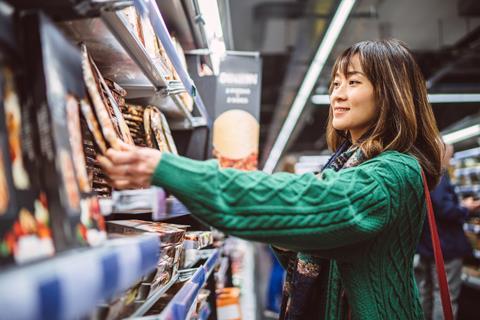
After almost five years of disruption from Covid, supply chain challenges and 50-year-high inflation cost headwinds, the clouds are finally beginning to lift. The fmcg industry can finally get back to what it does best: differentiated innovation that excites consumers. Done well, it can deliver strong volume and mix growth at the same time.
Double-digit pricing in the past few years covered up a lot of cracks, but as pricing normalises, volume becomes critical. It will become increasingly visible which companies can deliver volume growth and which struggle.
Consumers have been financially stretched and pickier than ever about the choices they make. Few would have predicted 18 months ago that the European consumer would have held up better than the US consumer, but that has been the reality.
Mondelez recently said the rollback of food stamps (SNAP) in the US, coupled with higher credit card debt and less savings, means there has been more of a shock to the system for low-income US consumers versus Europeans.
Private label thrives when brands have taken too much pricing, or where there is not a noticeable difference between brands and private label. That means real innovation from brands is key – not just renovations and line extensions.
The good news is, food inflation is normalising and energy costs are coming down. Coupled with the prospects of lower interest rates, those conditions should mean better times ahead for consumers. However, it is imperative CEOs don’t bank on a better consumer backdrop. They need to ‘manufacture’ volumes from their own actions.
There is no doubt the fmcg industry is under intense pressure to drive volume growth, but it can’t come at any cost. Targeted promotional spend can be helpful, but it rarely builds long-term brand equity and usually just trains consumers to buy on deal.
There is also a potential trap with innovation. It might be tempting to ‘spray and pray’, but this is rarely effective and can take up significant resources. In some cases, it can even come at the expense of the base business. Lots of new SKUs with poor shelf velocity just add complexity and can result in a heightened risk of delistings by retailers. Bigger, bolder innovation that is differentiated, supported by a smart media strategy, is generally the way to go.
It feels like the food industry is being hit from all sides at the moment – whether it’s increasing concerns about ultra-processed foods, worries about the impact from GLP-1 drugs, or endless reams of regulation. It’s certainly true the food industry is finding it tougher to find volume growth compared to other categories, such as cosmetics, where it is arguably easier to drive differentiation through science.
Unilever is a case in point. Its portfolio is shifting rapidly away from food to personal care. This will be accelerated by the planned exit from ice cream as it doubles down on prestige cosmetics and health & wellbeing, which has grown in the double-digits for 13 consecutive quarters.
However, there are pockets of opportunity for the food industry, especially for those companies that embrace a lower-calorie, higher-value future. Given rapidly ageing demographics and record low fertility rates, big infant nutrition companies like Danone and Nestlé are rapidly diversifying, and investing heavily in medical nutrition for the over-60s.
Elsewhere, we think plant-based food has an opportunity to establish itself with cleaner labels and better taste. protein and gut health are also megatrends that seem to be here to stay.
With as many as 30 million US consumers estimated to be taking GLP-1 weight loss drugs by 2030, it’s interesting that Nestlé views this phenomenon as more of an opportunity than a threat. The company plans to launch a new brand called Vital Pursuit in the US in the fourth quarter, which is specifically designed for GLP-1 consumers. We will be watching closely to see how much traction it gets.
One thing is for sure: consumer desire for ‘newness’ and experimentation hasn’t gone away. Those companies that can get ahead of where the consumer is going will be in good shape.








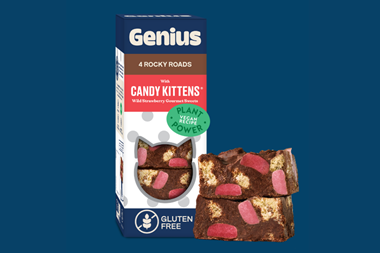


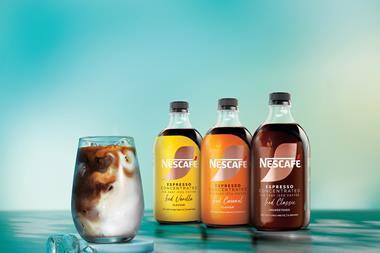
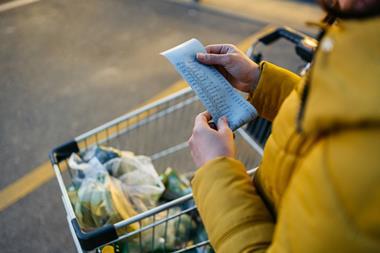

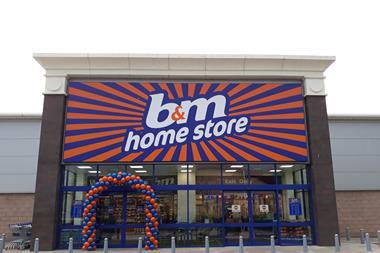

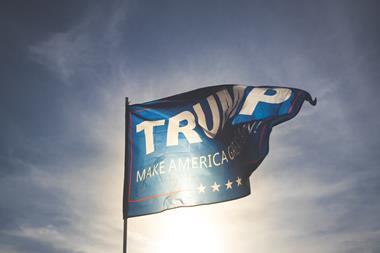
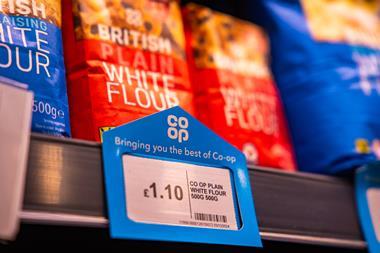
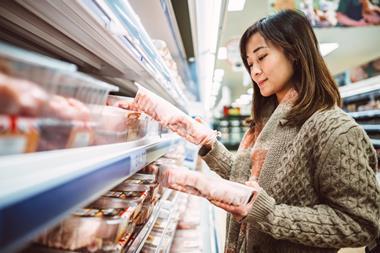
No comments yet